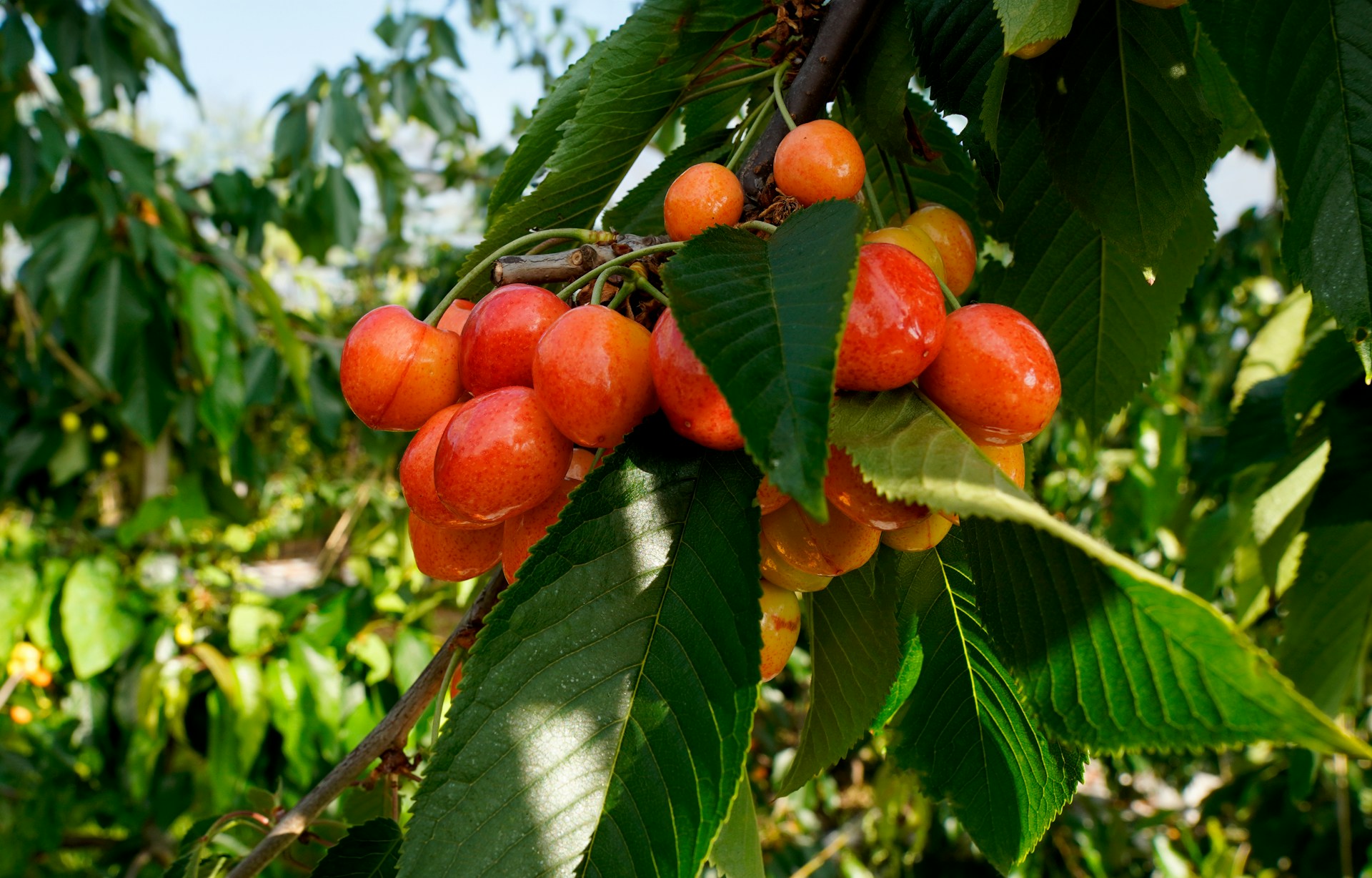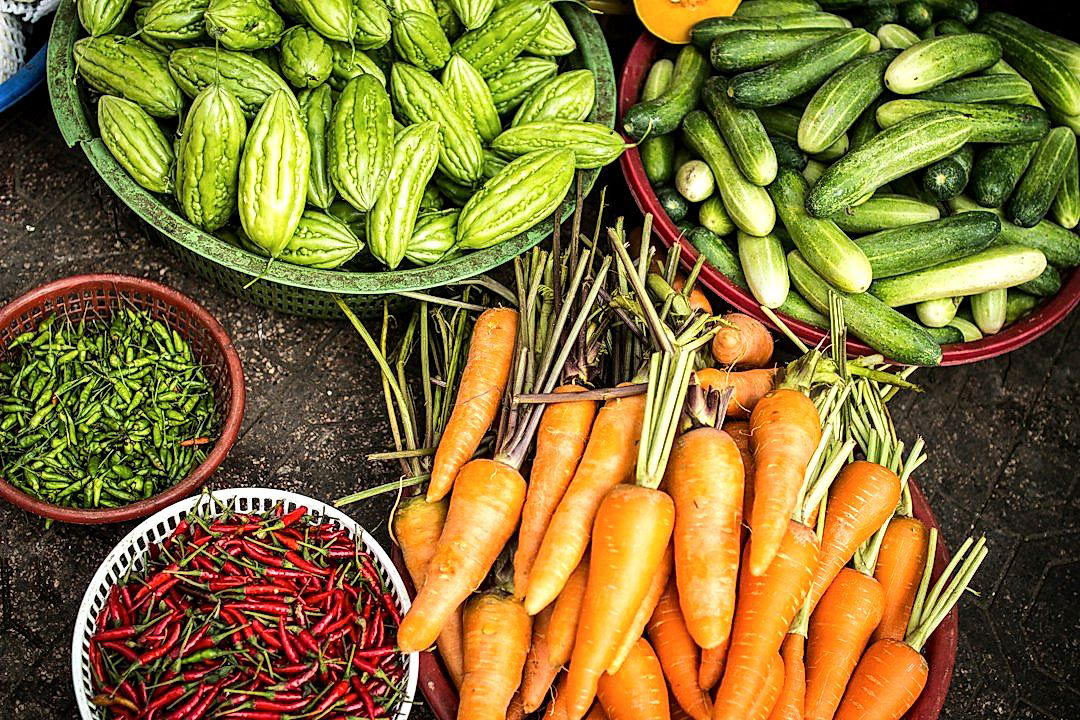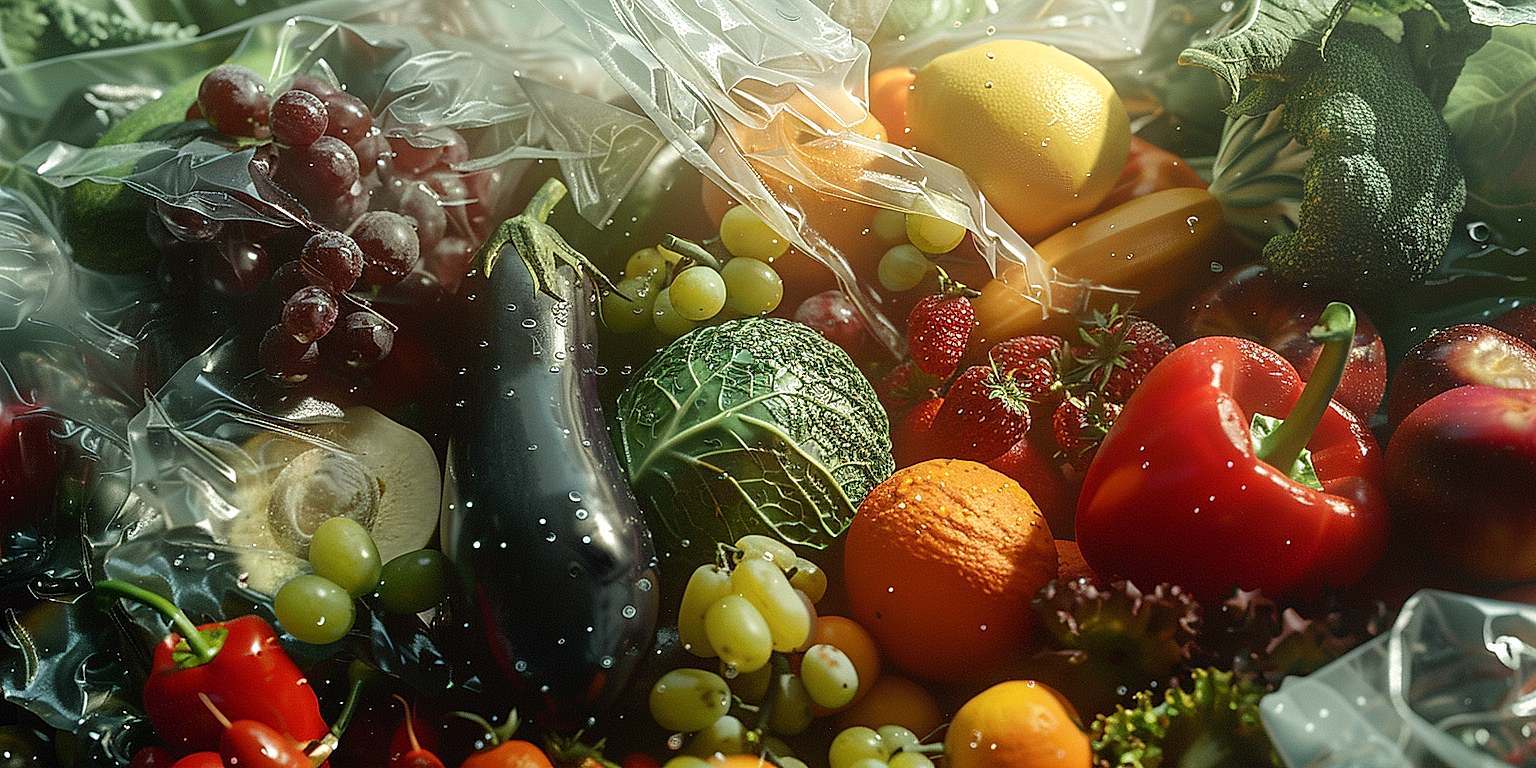The world today is undergoing a spectacular pivot towards sustainability.
Across all sectors, the quest for environmentally friendly practices is shaping business strategies, even more so in produce distribution.
Central to this transformation is the surge in green technology investments.
These technologies, perpetually evolving, encompass an array of advancements designed to reduce environmental impact.
This global shift opens the door to significant opportunities for those engaged in the distribution of produce.
This article delves into this emergent trend, exploring how businesses are harnessing ground-breaking eco-innovations to forge a sustainable future.
Contents
Green Technology Investments In Produce Distribution
1. Solar-powered Cold Storage Facilities
The need to reduce carbon footprint in all sectors of the economy is escalating and this includes the produce distribution industry as well. Investing in solar-powered cold storage facilities has proven to be an effective measure in achieving this goal.
We have seen a rise in the number of solar-powered cold storage facilities in recent years and this isn’t by chance.
These facilities offer a sustainable and cost-effective solution for storing and preserving fresh produce over a long period of time.
Utilizing the Sun’s free and renewable energy, they cut down on the reliance on fossil fuels hence decreasing greenhouse gas emissions.
This lessens the negative impact on the environment and ensures a greener supply chain in the produce distribution industry.
Not only do these facilities reduce environmental impact, but they also help in cutting down energy costs.
Produce distribution companies can save substantial amounts of money previously spent on electricity to run cold storage facilities.
Solar power is not affected by the fluctuating energy prices hence it is a stable and predictable source of energy.
Furthermore, investing in solar-powered cold storage facilities also provides a great return on investment (ROI) due to the significant savings on energy costs over time.
This in turn enhances the financial performance of the companies and can serve as a significant competitive advantage.
Additionally, the implementation of green technology can enhance the brand’s reputation as a sustainable and environmentally-friendly business.
This is likely to attract consumers who are conscious about the environment and prefer supporting businesses that are actively working towards reducing environmental degradation.
Thus, solar-powered cold storage facilities not only help in promoting environmental sustainability, but also provide an economic edge to produce distribution companies.
However, to fully harness the benefits of these facilities, companies must implement suitable strategic planning and carry out regular maintenance and monitoring.
This is crucial to ensure the solar panels are functioning at their optimum capacity and are generating enough power to run the cold storage facilities.
With the constant evolution of green technology, the efficiency and affordability of solar panels are expected to greatly improve in the near future.
Investing in solar-powered cold storage facilities therefore is an excellent forward-looking decision that can set a company apart from its competitors in the long run.
2. Electric fleet for produce delivery
Utilizing an electric fleet for produce delivery is a significant leap towards reducing carbon emissions within the industry.
This effectively replaces the need for traditional gas-guzzling vehicles, consequently substantially reducing the carbon footprint of produce distribution.
As companies and consumers are actively starting to take charge in mitigating climate change, such an initiative can be seen as a vital strategy in the face of a climate crisis.
The transition to an electric fleet indeed signifies a substantial commitment towards green technology investments in the produce distribution industry.
Besides, electric fleet vehicles would generate considerable savings over time due to lower running and maintenance costs compared to traditional vehicles.
More so, electric vehicles (EVs) convert about 59%–62% of the electrical energy from the grid to power at the wheels, while conventional gasoline vehicles only convert about 17%–21% of the energy stored in gasoline
This high energy efficiency can lead to a higher return on investment over time for businesses switching to an electric fleet for produce delivery.
In addition to financial benefits, the use of electric delivery fleets also has a positive impact on brand image.
Companies that show a commitment to sustainability are likely to be seen in a more positive light by consumers, who are increasingly looking to choose businesses that care about their environmental impact.
Moreover, many cities and governments are doing their part in promoting the use of electric vehicles through incentive programs, such as tax breaks and subsidies.
Therefore, investing in an electric fleet for produce delivery not only makes ecological sense but also economic sense.
However, there are a few potential challenges that would need to be addressed, such as ensuring that recharging infrastructure is widely available and the overall energy required from the grid.
In summary, the transition to an electric fleet for produce delivery offers multiple benefits ranging from improved energy efficiency, lower operating costs, positive brand image, and alignment with green technology investments and sustainability goals.
As we delve deeper into green technology investments in produce distribution, this appears to be one of the pivotal options at our disposal for a sustainable future.
It is crucial for us to invest and promote the use of green technology, especially when considering produce distribution, an industry that has a wide-reaching impact on both people and the planet.
3. AI-driven supply chain optimization
The future of the produce distribution industry lies in the embrace of green technologies, one of which being AI-driven supply chain optimization.
AI, or Artificial Intelligence, has been increasingly implemented in various sectors, and produce distribution is no exception.
The purpose of utilizing AI in this industry lies in increasing efficiency and minimizing waste, which are two crucial aspects in achieving a more sustainable operation.
This technology analyzes complex patterns and trends, allowing companies to anticipate demand and adjust their supply accordingly.
Leveraging AI in this manner not only reduces waste caused by overproduction but also decreases the energy used in transportation and storage, furthering the industry’s green initiative.
Furthermore, AI can predict potential disruptions in the supply chain, such as changes in weather or transportation delays. By doing this, companies can take measures to mitigate these issues and minimise negative effects.
With a more responsive and adaptable supply chain, companies can ensure that produce reaches the end consumer in the freshest and most efficient manner possible.
Also, supply chain optimization allows for peak resource utilization. This means resources are used at full capacity at the right times, thus reducing unnecessary waste and excess.
For example, the use of AI can determine the most optimal routes for trucks used in produce delivery. This results in a significant reduction of fuel consumption and carbon emissions, which are key factors in environmental degradation.
Another key benefit of AI-driven supply chain optimization is its scalability. As companies grow and evolve, AI technology can easily adapt and grow alongside these changes.
Thus, the use of AI in supply chain optimization not only provides tangible environmental benefits in the short term but is also a sustainable choice for the future workings of the industry.
Therefore, it is imperative that produce distribution companies invest in AI technologies and harness their transformative potential to spur on green innovation.
Surely, the integration of AI-driven supply chain optimization is an investment that will yield significant returns, not just in financial profit, but more importantly, in the preservation of the planet.
Indeed, the future of green technology in produce distribution shines bright with the promise of AI-driven supply chain optimization.
4. Waste-to-energy converter installations
Waste-to-energy conversion is a key aspect of green technology applied within the produce distribution sector.
This innovative technique falls under renewable energy solutions and plays an integral role in managing organic waste produced throughout the supply chain.
The process involves converting discarded elements from produce, such as peels, seeds, and stems, into usable forms of energy.
This energy can then be used to power various segments of the distribution process, contributing to greater energy efficiency and reduced reliance on conventional energy sources.
Investing in waste-to-energy converter installations not only aids in managing waste but also helps in generating renewable energy, adding immense value to the produce distribution process.
All these factors make the investment in waste-to-energy converter installations an environmentally conscious and cost-effective choice for businesses involved in the produce distribution.
Furthermore, this technology has the potential to significantly lower greenhouse gas emissions, particularly when compared to traditional waste disposal methods.
This aligns with the notion of ‘green technology’, implying practices that are eco-friendly and sustainable, bringing us one step closer to a cleaner, greener future.
However, the implementation of such converters requires significant initial investment.
But the long-term benefits are substantial – from energy cost savings to cleaner and more efficient operations.
Moreover, the integration of these converters within the distribution chain can provide a boost for the brand reputation, signifying their commitment towards sustainability and eco-friendly practices.
The process also contributes to the circular economy model, where waste is viewed not as a problem but a potential resource, pushing the boundaries of conventional waste management.
Although this technology is not a panacea for all environmental issues, it plays a significant role in minimizing waste, reducing carbon footprint, and enhancing the overall efficiency of the sector.
Given the increasing awareness and demand for sustainable practices, coupled with the potential cost and environmental benefits, investing in waste-to-energy converter installations appears to be a wise and forward-thinking move for anyone involved in produce distribution.
So, while it requires a significant initial investment, the adoption of a waste-to-energy process can be a game-changing approach for produce distribution enterprises dedicated to implementing sustainable and green technologies.
5. Water-efficient irrigation systems investment
The produce industry is heavily reliant on the utilization of water for the growth and survival of staple crops and rare flora alike.
This need for water, unfortunately, often results in significant water waste, especially in irrigation systems that are outdated or inefficient.
The investment in water-efficient irrigation systems is a crucial step forward in greening the technology involved in the distribution of produce.
The decision to invest in water-efficient irrigation technologies is not just environmentally responsible, but also economically advantageous.
The aim of these systems is to reduce the amount of water wasted, fundamentally benefiting the sustainability of agriculture and the produce industry overall.
Sprinkler systems, for example, cover vast areas but are notorious for their inefficient use of water.
Upgrading them with precision technology can help to address this issue, improving water use and agricultural output overall.
Technologies like drip irrigation, where water is delivered directly to the plant’s roots, drastically reduce the amount of water wasted in surface runoff and evaporation.
This is a significant advantage in drought-prone areas where water resources are scarce.
On the other hand, a smart irrigation system using sensors and real-time weather data can dynamically adjust the watering schedule according to the crop’s needs.
This approach not only maximizes water efficiency but also boosts crop growth and yield.
Furthermore, investing in modern water-efficient irrigation systems can help farms and greenhouses reduce their overall operating costs.
When less water is wasted, less energy is used for its extraction, purification, and distribution, directly leading to cost savings.
Apart from financial benefits, this investment can also contribute to the achievement of various environmental goals, such as reducing water pollution and conserving freshwater resources.
Moreover, it takes proactive steps towards climate adaptation, considering the escalating threats posed by climate change and increasing water scarcity.
In sum, investing in water-efficient irrigation systems facilitates environmentally friendly and sustainable produce distribution, a critical component of modern agriculture.
The Bottom Line
Innovations within the agricultural industry are helping to address some of the world’s most significant challenges, such as food security and climate change.
The integration of sustainable technology in agribusiness, including solar-powered cold storage, electric delivery fleets, AI-driven supply chains, waste-to-energy converters, and water-efficient irrigation systems, are not only environmentally friendly but also cost-effective.
These advancements allow businesses to reduce their carbon footprint, optimize operations, enhance productivity, and ultimately contribute to a more sustainable future.
Thus, these steps richer, sustainable, and efficient agricultural practice is more than just a trend; it’s a vital transition for the well-being of our planet and future generations.




